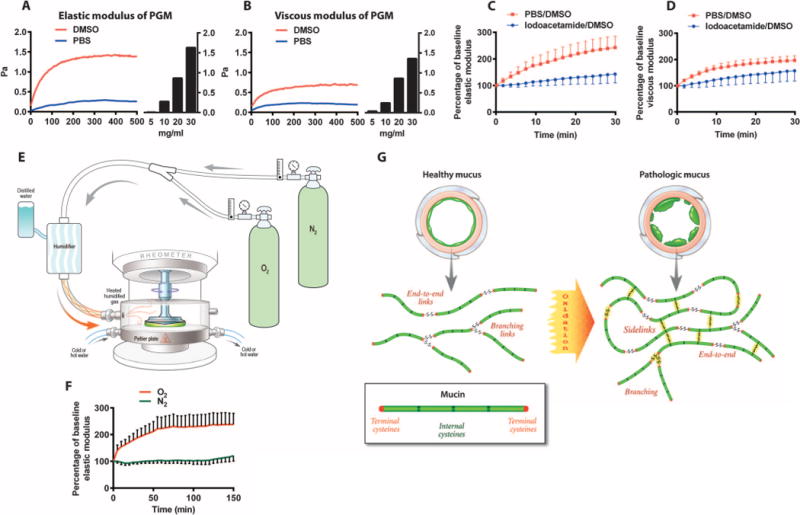Fig. 3. Oxidative stress causing excessive disulfide bond formation in mucus.

(A) Addition of DMSO [20% (v/v)] to PGM (5 mg/ml) rapidly increases its elastic modulus. An increase in the concentration of PGM from 5 to >20 mg/ml was required to have the same effect on G. (B) The effect of DMSO on the viscous modulus (G″) of PGM is smaller than that on G′ (C) Addition of DMSO [20% (v/v)] to induced sputum from healthy subjects causes a doubling in elastic modulus, an effect caused by disulfide bridge formation, because it is prevented by addition of iodoacetamide (50 mM). The area under the curve (AUC) of G′ for DMSO/phosphate-buffered saline (PBS) was significantly larger than that for DMSO/Iodoacetamide (5679 ± 974 versus 3619 ±589, P = 0.01). (D) DMSO had little effect on the viscous modulus of the induced sputum. (E) Schematic showing a cone and plate rheometer modified to permit exposure of mucus to oxygen or nitrogen in a closed system that controls humidity, temperature, and gas concentration. (F) Exposure of induced sputum samples from healthy subjects (n = 5) to 100% oxygen caused a time-dependent significant increase in elastic modulus, whereas exposure to nitrogen gas has no significant effect. The AUC of G′ for oxygen was significantly larger than that for nitrogen (31804 ±5507 versus 15391 ± 1539, P = 0.04). (G) Schematic representation for how healthy mucus can transition to pathologic mucus when oxidation promotes mucin chain extension through end-to-end disulfides and side-to-side cross-links of internal cysteines.
